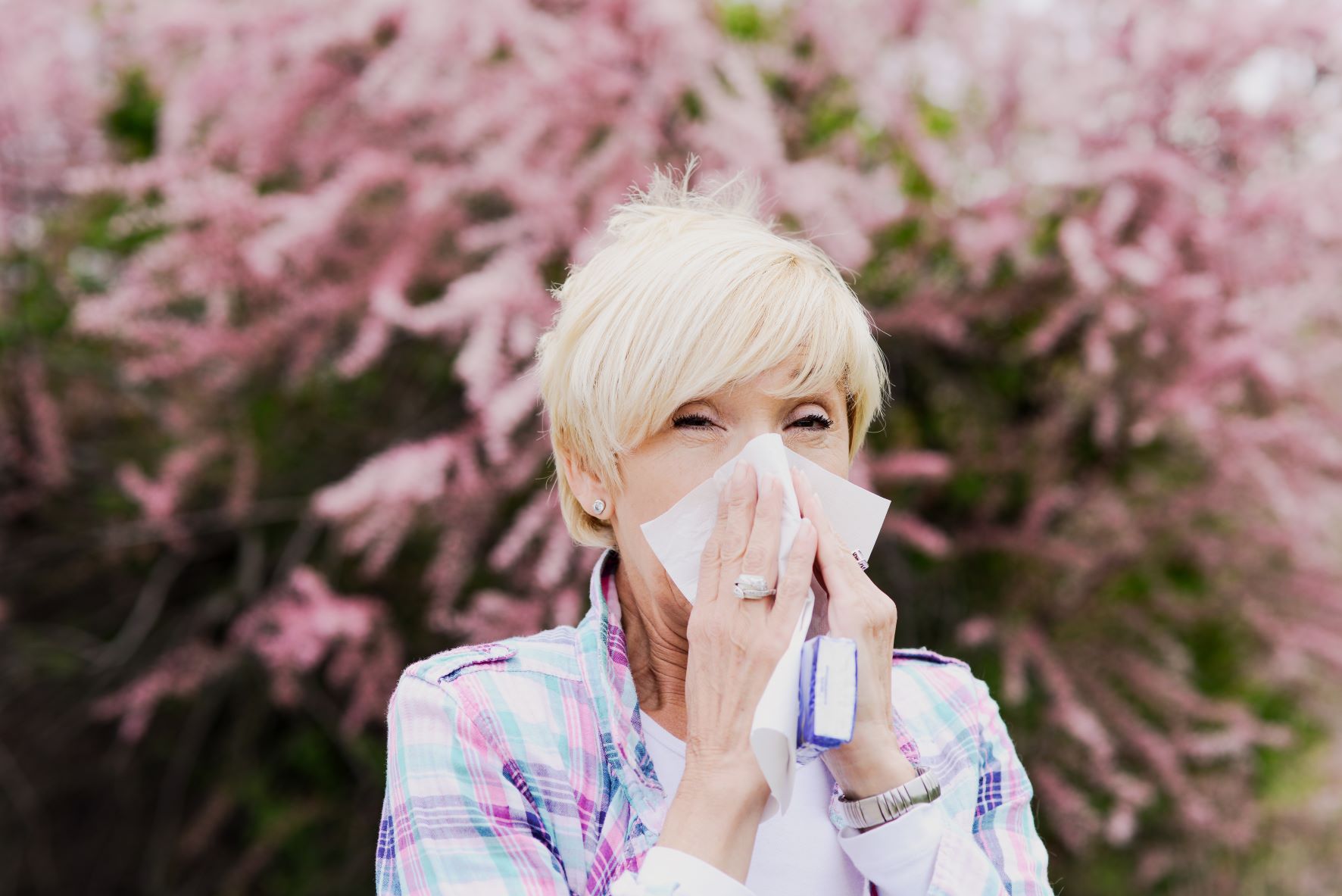.
Although it’s more common to associate waves of illness with the winter months, germs in warmer weather conditions find themselves in more ideal environments for growth. By answering these two frequently asked questions, you can understand how warmer conditions promote illness. You can also learn how to protect yourself with some simple healthy habits all year long.
1. Do Warmer Conditions Help Bacteria to Grow?
The idea that infection outbreaks are more limited to cold weather is a common myth threatening our health. As scientists monitor increasing global temperatures, the U.S. Centers for Disease Control and Prevention have begun monitoring what experts believe to be a corresponding increase in certain infectious diseases.
When it comes to disease-causing bacteria, experts have learned that temperatures between 41 and 135 degrees Fahrenheit help them grow the fastest.
2. What Environments are Most Favorable for Illness-Causing Germs?
According to the Centers for Disease Control, bacteria do best in warm and moist areas. Some bacteria even thrive in hotter temperatures than humans can tolerate. You may recall some concerning trends due to the rising climates over recent years.
The CDC began tracking infection rates from this pathogen in 2007 and were shocked that in only 11 years, the rate of infection doubled for the three most common species, which they concluded was, in part, driven by “warming coastal waters.” NASA scientists are now using geo-mapping to track changes in the surface temperatures of the oceans and how they may connect to the proliferation of microorganisms.
Don’t Fall for Common Myths Regarding Germs in Warmer Weather.
Ultimately, the belief that bacteria and viruses only spread quickly in cold weather is widespread but unsubstantiated. Experts have not come across data to support that conclusion.
Although scientists note that cold and flu season often overlaps with the colder winter months, the factors causing this trend have not been attributed directly to the colder temperatures. It’s more commonly believed to be a consequence of closer contact as people spend more time indoors.
The reality is that warm, humid weather provides an ideal environment for bacteria and viruses. So be sure to remember that illnesses stick with us all year long. Make sure that you maintain your hygiene and health habits accordingly!




